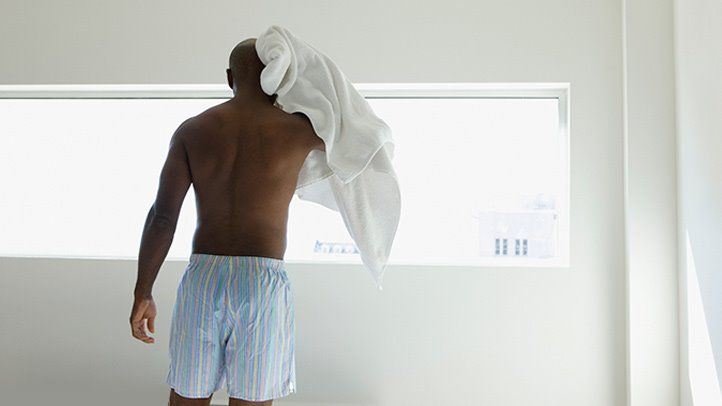Although it is commonly believed that women are the only ones who can develop yeast infections, in fact this is not true. Yeast infections can also affect men, but they are much less common. The yeast is a fungus which lives naturally on the skin, and in your mouth. When conditions are just right, yeast can become uncontrollable. Itching, burning, or redness can be some of the uncomfortable symptoms caused by this condition. It’s vital to visit a doctor if you suspect you may have a fungus infection. They can then diagnose the problem and prescribe treatment. You can ease the symptoms of a yeast infection at home.
What is a yeast infection?
A common fungal infection is the yeast infection. The vagina is the most common site of a yeast infection. Candida albicans is a yeast type that occurs naturally in the human body.
Itching, redness, or burning in the vaginal region may be symptoms of vaginal fungus infection. Burning during urination and thick white discharge from the vaginal area are other symptoms.
Antifungal medication is used to treat yeast infections. They can be used orally, vaginally or as creams and suppositories.
What causes a yeast infection?
Candida overgrowth is the cause of yeast infections. Candida is normally found in low numbers in mouths, vaginas, skin, and the gut. If the balance of bacteria in your body is disturbed, Candida may multiply and lead to infection.
A number of factors can cause a disruption in the microbiome and result in a yeast infestation. They include:
Antibiotics kill good bacteria and bad.
A high-sugar diet feeds the yeast
– Clothes made of synthetic materials that are too tight and restrict air flow
– Poor hygiene
A suppressed immunity system
It’s vital to consult your doctor, gynecologist or other medical professional if you suspect you may have a fungus infection. They can help diagnose the problem and prescribe treatment.

What are symptoms of yeast infections?
You may have a yeast infection if your symptoms are frequent or recurring. They can include:
Itching and burning of the affected areas
Redness and swelling
-Pain during urination or sex
A thick white discharge, which looks similar to cottage cheese
Burning when urinating
It’s vital to visit your doctor if you notice any of the symptoms listed above. They can then confirm if you are suffering from a yeast infection.
What is the treatment for a yeast infection?
There are several ways to treat yeast infection. Monistat is the most popular antifungal cream available over-the counter. The creams are applied directly on the infected area, and usually provide relief within days.
A common oral antifungal medication, like fluconazole or Diflucan is also used. The medication, which is usually effective for treating yeast infection, is to take it once daily over a period of several days.
Your doctor might prescribe amphotericin-B for more serious or chronic cases of yeast infection. The medicine is typically administered by hospital IV infusion.
Your doctor might also suggest removing all the infected skin. It can be treated with topical or surgical medications.
Men can get yeast infections
Men can have Yeast Infections. Men can get yeast infections, though they’re not as prevalent as in women. It is most commonly found on the penis skin, but can occur anywhere in the body. The symptoms include redness and burning. Antifungal creams and oral medication are used as treatment.
The conclusion of the article is:
Men can also get yeast infections. Women are more likely to have them, but they do occur. A yeast infection can affect anyone with a penis or vagina. The symptoms of yeast infections may vary depending on the gender but the root causes tend to be the same. It is vital to consult a physician if you suspect you have a fungal infection. They can then prescribe you the right treatment.